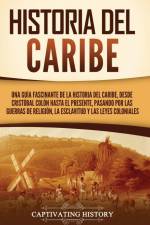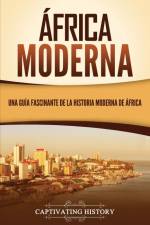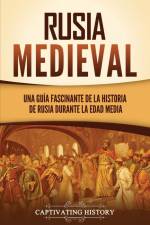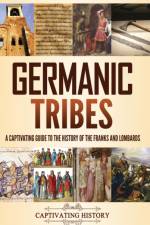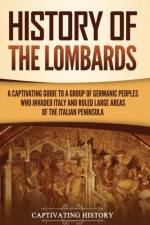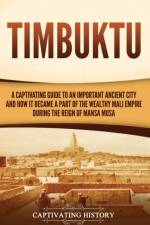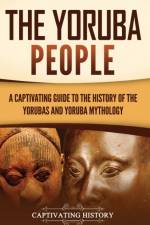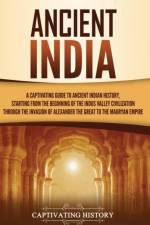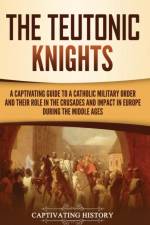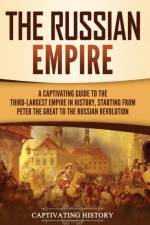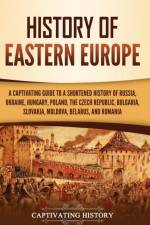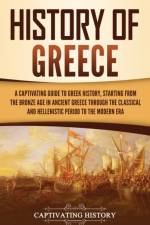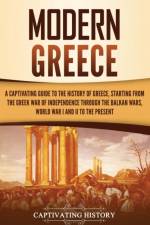- A Captivating Guide to a Shortened History of Russia, Ukraine, Hungary, Poland, the Czech Republic, Bulgaria, Slovakia, Moldova, Belarus, and Romania
von Captivating History
33,00 €
How much Eastern European history do you know?The story of Eastern Europe is one of successes and failures, competing interests, and the rise and fall of states and empires. The ancient Greek and Roman empires knew the importance of Eastern Europe for trade and settlement. Later, during the Migration Period, also known as the "Barbarian Invasions," Eastern Europe became the stomping grounds for many people groups. The Visigoths, Huns, Slavs, and central Asian Turkic tribes like the Avars and Khazars all made their way into Eastern Europe.With so many people moving in, the first states started to rise. Some of them would break apart as soon as they started, while others would form full-fledged empires. The medieval period would see some of the greatest empires of European history, like Kievan Rus, the Bulgarian Empire, Serbia, and the German Crusader states. By the early modern period, these great states would be replaced by Russia, the Polish-Lithuanian Commonwealth, and the Ottoman Empire.In the coming centuries, the rise of Russia, Austria, and Prussia would spell doom for the Polish-Lithuanian Commonwealth, and the Ottomans would keep pressing into Eastern Europe. The 19th century would lay the foundations for the outbreak of World War I, which would itself lead to World War II. In the aftermath, Eastern Europe became part of the Eastern Bloc, which was dominated by the USSR until the fall of communism nearly five decades later. This book extends past contemporary histories of Eastern Europe, which usually end at the fall of the Berlin Wall, to cover more recent events, including the conflicts in Bosnia and Kosovo and the 2014 Crimean crisis.In this book, you will learn about:The Greek and Roman influence in Eastern EuropeThe Migration Period, aka the "Barbarian Invasions"Charlemagne and the Holy Roman EmpireThe Mongol invasionsChristian Europe vs. the Ottoman EmpireThe fall of ConstantinopleThe rise of Russia and its famous rulers, like Ivan the Terrible and Catherine the GreatThe path to World War I and World War IIThe Jewish experience in Eastern EuropeThe Soviet Union and the Eastern BlocThe fall of the Berlin Wall and the end of communismThe conflicts in Bosnia and KosovoThe 2014 Russian annexation of CrimeaTo learn more about Eastern Europe than you ever thought possible, add The History of Eastern Europe to your cart today!

